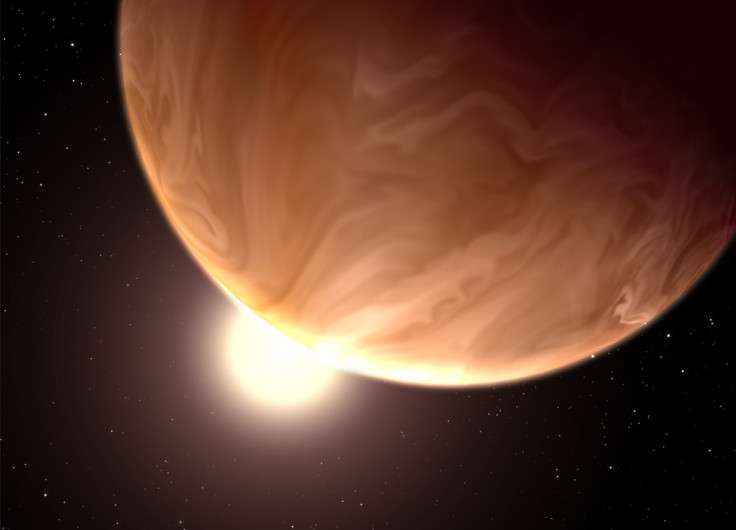Scorching super-Earth 55 Cancri e spotted with ground-based telescope for first time

A super Earth orbiting a star 40 light years away has been spotted and its transit measured with a ground-based telescope for the first time.
Astronomers saw exoplanet 55 Cancri e when it passed in front of its host star with the 2.5-meter Nordic Optical Telescope on the island of La Palma, Spain – a modest sized telescope by modern standards.
The planet's star, 55 Cancri, is visible to the naked eye. When it passes in front of the star it blocks a tiny bit of starlight, dimming it by 1/2000th (or 0.05%) for almost two hours.
From this, scientists were able to ascertain that the planet is twice as big as Earth – about 16,000 miles in diameter. The planet is the innermost of the five planets orbiting 55 Cancri and because of its proximity, it reaches temperatures of over 1,700C – hot enough to melt metal and far from hospitable to life.
Ernst de Mooij, from Queen's University Belfast and lead author of the study, said: "Our observations show that we can detect the transits of small planets around Sun-like stars using ground-based telescopes.
"This is especially important because upcoming space missions such as Tess and Plato should find many small planets around bright stars and we will want to follow up the discoveries with ground-based instruments."

Nasa's Tess mission is scheduled for 2017, while Plato will be launched by the ESA in 2024. Both aim to search for transiting planets around nearby stars.
Mercedes Lopez-Morales of the Harvard-Smithsonian Centre for Astrophysics (CfA), said the discovery of 55 Cancri e with the ground-based telescope will help to "close in on" the detection of atmospheres of small planets: "We are slowly paving the way toward the detection of bio-signatures in Earth-like planets around nearby stars.
Until now, the only other super-Earth to be observed with a ground-based telescope was GJ 1214b. The latest success could lead to dozens of other super-Earths being characterised in upcoming surveys.
"We expect these surveys to find so many nearby, terrestrial worlds that space telescopes simply won't be able to follow up on all of them. Future ground-based instrumentation will be key, and this study shows it can be done," Lopez-Morales said.
Study co-author Ray Jayawardhana added: "It's remarkable what we can do by pushing the limits of existing telescopes and instruments, despite the complications posed by the Earth's own turbulent atmosphere. Remote sensing across tens of light-years isn't easy, but it can be done with the right technique and a bit of ingenuity."
© Copyright IBTimes 2025. All rights reserved.






















